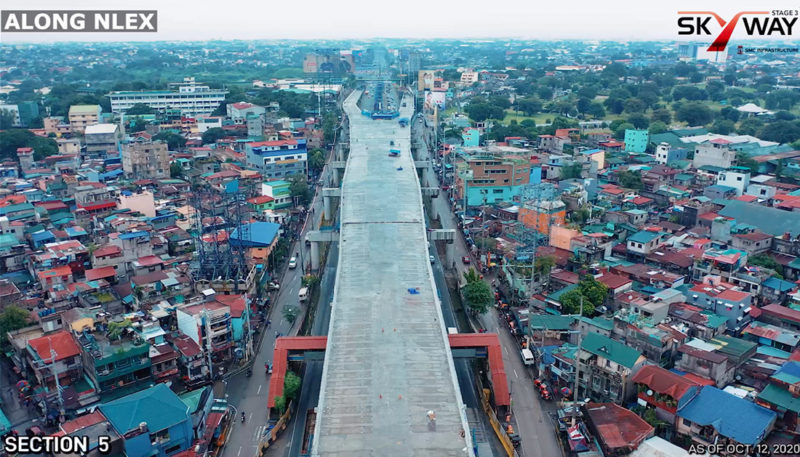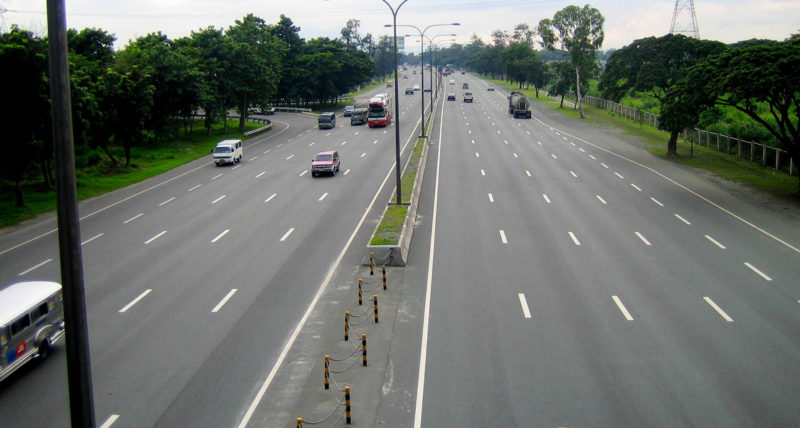
The Bureau of Customs (BOC) has issued guidelines and procedures for the monitoring and control of the movement of all containers, whether loaded or empty, at seaports in the Philippines.
Customs Administrative Order (CAO) No. 08-2019 institutionalizes BOC’s first system of accounting and monitoring of movement of all incoming and outgoing containers, as provided under the 1972 Customs Convention on Containers, Revised Kyoto Convention, and other international standards and customs best practices in relation to Section 1514 (International Standards and Best Practices) of the Customs Modernization and Tariff Act.
The new order—signed by Customs commissioner Rey Leonardo Guerrero on May 2 and Finance Secretary Carlos Dominguez III on May 28—takes effect 30 days after its July 10 publication.
While CAO 08-2019 is the first CAO to specifically cover the monitoring and control of movement of containers, some of the rules are already being implemented by BOC, such as the 90-day dwell time of containers and special permit to load (SPTL).
Under CAO 08-2019, the shipping line or the carrying vessel shall be accountable for the movement, storage, monitoring, and inventory of containers, whether carrier-owned, leased, or shipper’s owned, including concomitant liability. In case of leased containers (LCs) and shipper-owned containers (SOCs), accountability may only be transferred to the lessor or shipper when evidence of this is clearly presented.
Containers not re-exported within the prescribed period shall be considered importation, which means duties and taxes have to be paid.
Containers granted temporary admission in connection with a commercial operation shall not be subject to any form of security, or to payment of duties and taxes within 90 days from the date of discharge of the last package, unless the container itself is the object of the importation.
A temporary admission under CAO 08-2019 is a BOC procedure under which certain goods can be brought into a customs territory conditionally relieved from payment of import duties and taxes; such goods must be imported for a specific purpose and must be intended for re-exportation within a specified period and without having undergone any change except normal depreciation due to the use made of the goods.
Immediately after the carrying vessel arrives, the shipping line, agent, or representative shall furnish BOC, both in electronic and hard copy, the Container Discharging List (CDL) for loaded and for empty containers, respectively, indicating the required information under CAO 08-2019.
Before the carrying vessel is loaded and departs, the concerned shipping line or its agent shall submit, again both in electronic and hard copy, the Loading Sequence List (LSL) for loaded and for empty containers; as well as the application for Special Permit to Load (SPTL) in case of empty containers or loaded containers which have been previously cleared and transited from an inland customs office.
Containers arriving, whether loaded or empty, shall be re-exported within 90 days from the date of discharge of the last package. The period shall be based on the Inspector’s Certificate of Last Cargo Discharge on file with BOC.
Containers may be re-exported through a customs office other than that through which they were imported, CAO 08-2019 notes.
Counting of the prescriptive period for the re-exportation of containers shall be suspended in the following cases: when an alert order is issued against the shipment; when a warrant of seizure and detention (WSD) is issued; when the shipment is declared abandoned; or when the shipment is forfeited in favor of the government.
Running of the prescriptive period for the continuous processing of the goods declaration and release of the shipment shall resume upon lifting of the alert order or WSD. For goods forfeited or declared abandoned, the period to re-export shall resume when the goods are completely unloaded and the empty container is returned to the shipping line.
Containers are considered overstaying after the prescriptive period has lapsed, and will be issued a corresponding assessment notice to be paid by the shipping line concerned, or the lessor or shipper when accountability has been clearly acknowledged, within 15 days from notice. Otherwise, the assessment shall be deemed final.
On monitoring the containers, the terminal facility’s operator shall electronically transmit to BOC the container delivery confirmation (CODECO) and container arrival (COARRI) files upon discharge, loading, gate-in, and gate-out of containers.
A penalty of P300,000 shall be imposed on the shipping line, lessor or shipper for every violation, such as if the container is sold or donated and duties and taxes are not paid at the time of sale or donation.
Other violations are if a container is used other than for its intended purpose of transporting goods without payment of duties and taxes; if after the lapse of 15 days from final assessment, no payment of duties and taxes plus interest is made, unless a declaration to expressly abandon the container in favor of the government has been submitted to BOC; and allowing an overstaying container which is deemed abandoned or subject of a WSD to be used by exporters for their export cargoes.
Any other violation of the provisions of CAO 08-2019 other than those listed shall be meted a penalty of P100,000. The district collector shall accord due notice and hearing before any penalty is imposed on the shipping line, lessor, or shipper for any violation.
If the imported loaded containers arrived prior to the effectivity of CAO 08-2019, BOC shall accept the date indicated in the equipment interchange receipt when counting the dwell time. However, such containers shall be re-exported not later than 90 days from the effectivity of CAO 08-2019.
After the period lapses, the reckoning date to establish dwell time pursuant to CAO 08-2019 shall be strictly implemented. – Roumina Pablo









